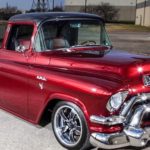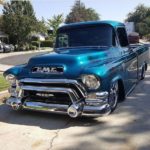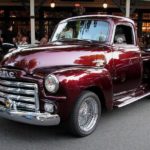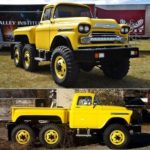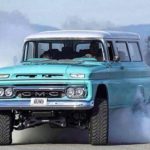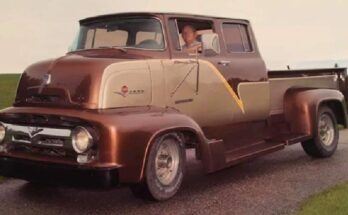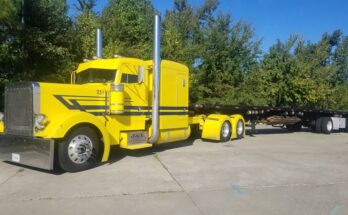What began as a holding company for Buick in 1908, meant only to keep extra shares and protect the larger company, became a corporation in its own right in 1911, after a deal was struck to merge both the Rapid Motor Vehicle Company and the Reliance Motor Car Company. The combination formed what would be called the General Motors Truck Company, which was focused primarily on producing trucks and utility vehicles, for military as well as civilian and business use. At first there were only three manufacturing locations: one in Michigan, one in California, and one in Missouri, though with more and more requests for their vehicles, they have become sought after worldwide and have since had to up production and open more factories.
GMCs have been used in cross-country trips since before 1920, with a GMC truck being recorded as having crossed from Seattle, Washington to New York City, New York in a month, while after 1920, a large GMC vehicle was driven back across the country from New York City, New York to San Francisco, California in under a week — five days and half an hour, to be exact. To celebrate its centennial and records such as these, GMC produced a coffee table book entitled “GMC: The First 100 Years”, full of glossy photos, historical information, and a look back at some of GMC’s predecessors.
The American company also helped out with the war efforts during World War II, sending over 600,000 utility vehicles to be used by the U.S. Armed Forces. While it is known for having produced vehicles used in a variety of important settings (GMC provided buses for city transit, ambulances, and fire trucks, as well as the aforementioned military vehicles), today’s GMC caters to a premium crowd, offering such items as vans, pickups, SUVs, and light-duty trucks. Medium duty trucks are not offered by GMC, but instead manufactured by Chevrolet. Despite this hole in their sales list, GMC has remained popular around the world for its solid, practical, yet unique vehicles.
Though Chevrolet and GMC have often been compared over the years, with remarkable likenesses in designs such as the ones shared between the Chevrolet El Camino and Chevelle, and the GMC produced Sprint, the competition has remained relatively healthy and above board, and GMC has retained its profitability to the extent that, unlike Pontiac, it continued being used and their vehicles continued being produced even after the reorganization of the company’s Chapter 11 reorganization project. Its light duty trucks “Sierra” and “Canyon” are still being sold today, having been around since 1996 and 2004, respectively. This also pertains to the “Savana” van model, and the “Yukon,” “Acadia,” and “Terrain” SUVs.
If you’re interested in learning more about the GMC trucks, SUVs, and other vehicles, you can read about them straight from the source at the General Motors Heritage Center website, which comes complete with a historical timeline, a shows and events page, important people from their history, and various information on makes and models.
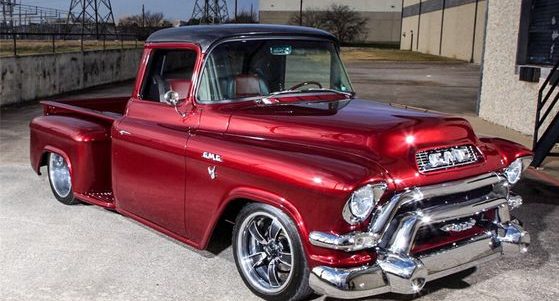 " >
" >
